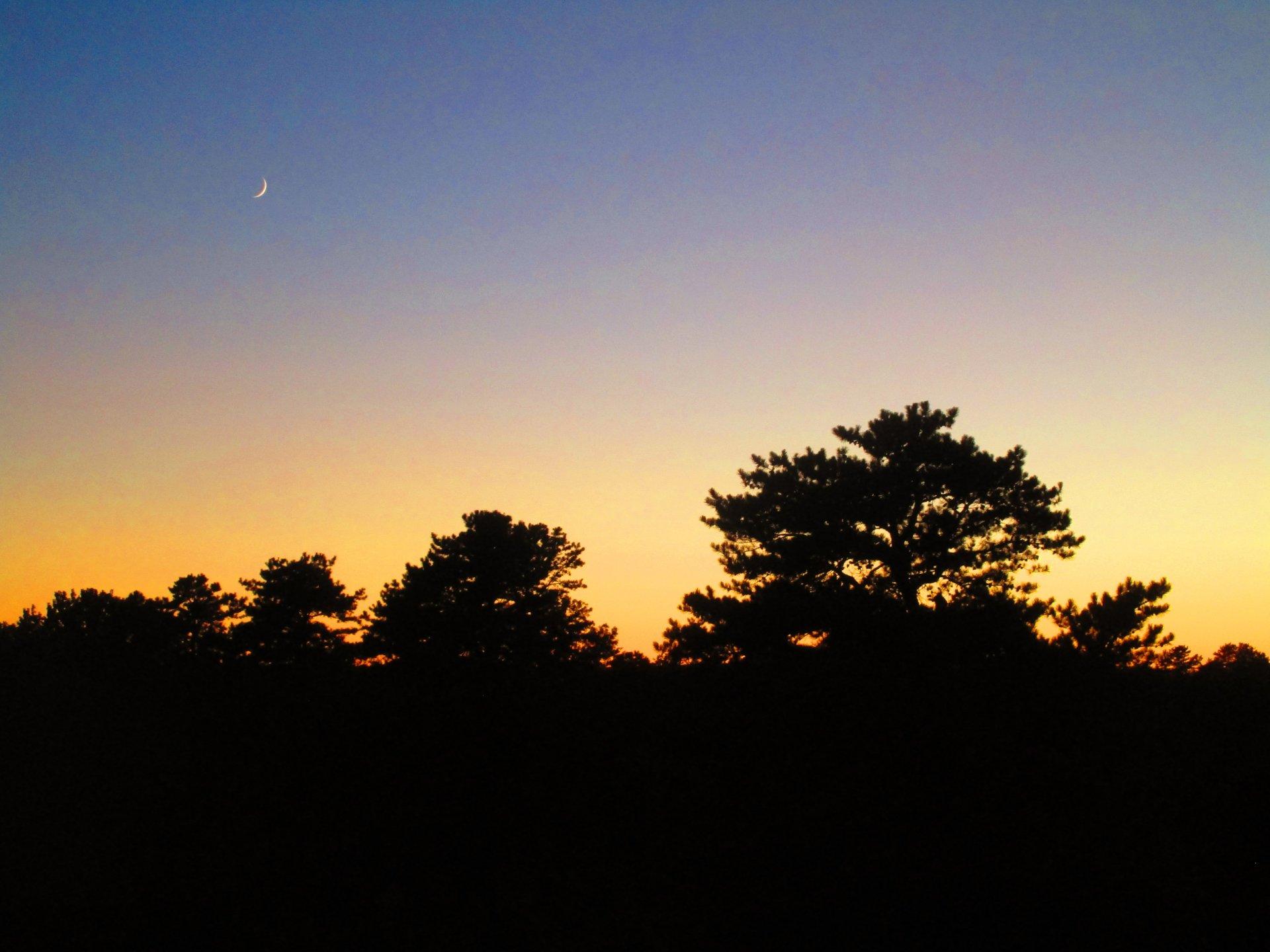CONCORD, N.H. – Two biologists crawled through a field thick with blueberry, black chokeberry, and scrub oak, searching for butterfly eggs the size of pinheads.
Suddenly, one of them, Steve Fuller, thrust a hand into the air. “Found one!” he shouted. As his colleague, Heidi Holman, ran to his side, Fuller opened his hand to reveal a tiny white egg of the Karner blue butterfly, clinging to a twig.
Eight years ago, it was impossible to find any sign in New England of the Karner, an inch-long silvery blue butterfly with orange crescents on the undersides of its wings. The wild lupine, a member of the pea family that is the Karner caterpillars’ only food, had been all but eradicated by development and suppression of forest fires, which help the plant grow.
Nationwide, the problem was also acute. By 1992, the Karner’s numbers had dwindled 90 percent, to a few thousand, and the insect was declared an endangered species. Biologists wondered whether the Karner, which once dotted pine barrens and oak savannas from Minnesota to Massachusetts, could survive.
These days, their outlook is much brighter, thanks in part to the painstaking efforts of biologists working to create an Eden for Karners in the pine barrens near the Concord Municipal Airport and in 28 other locations nationwide.
Mobilized like those who work to save endan gered whales or bears, biologists have planted thousands of lupine, raised thousands of Karners in a lab, numbered their wings with indelible markers, and released them into the barrens, sandwiched between the airport and an industrial park. This summer, they counted 1,500 in the butterfly’s only New England refuge.
While they caution that it is too soon to declare the Karner saved from extinction, biologists who a decade ago were gloomy about the prospects for the insect’s survival now speak of the program as a model of wildlife conservation.
“Eight years ago, we had conservation partners walking away, saying this is a lost cause and, personally, many of us were pessimistic, wondering if the species could be saved,” said Michael Amaral of the US Fish and Wildlife Service in Concord. “Now, I’m wildly encouraged. I think we’re several years ahead of where we thought we could be.”
The Karner has a rich history, dating in scientific literature to 1861, when it was first identified by the renowned naturalist W. H. Edwards in Karner, N.Y., a hamlet in the Albany Pine Bush Preserve.
In 1943, the butterfly was classified more precisely by the writer Vladimir Nabokov, who worked from 1941 to 1948 as a curator of the butterfly collection at Harvard’s Museum of Comparative Zoology. Nabokov gave the Karner its scientific name, Lycaeides melissa samuelis, and, in the novel “Pnin,” describes how Karners “fluttered around like blue snowflakes before settling again.”
“Even though my father was not a ‘joiner’ of organizations, associations, or clubs, I can say with certainty that, as an individual, he would have staunchly continued to encourage the efforts to preserve the Karner Blue and its habitat,” Nabokov’s son, Dmitri, said in an e-mail to the Globe.
Vladimir Nabokov netted his first Karner near Albany in 1950, according to the book “Nabokov’s Butterflies,” but by then the population was declining. Decades of residential development, road and airport construction, and sand and gravel mining had destroyed much of the nation’s barrens and savannas.
Modern firefighting had also squelched lightning-ignited fires, which had helped lupine grow by devouring large trees and allowing the sun to reach the low-lying plant. In New England, the Karner, which had thrived along the Merrimack River, made its final stand near Concord’s airport, before vanishing in 2000.
Scientists did not despair. The following year, they brought Karners from Saratoga County Airport in New York to Concord and raised them in a lab. They enlisted schoolchildren to plant lupine in the barrens, and periodically burned areas of the barrens to spur the plant’s growth. The New Hampshire Legislature declared the Karner the state butterfly, boosting its humble profile.
“It has a degree of celebrity now, and I think that’s heightened by the fact that Nabokov described it,” said Robert E. Dirig, curator of the mycology herbarium at Cornell University, who corresponded with Nabokov about the Karner before the author’s death in 1977. “It’s a very small butterfly, and it has such a big impact on conservation. It became an early icon of pine barrens preservation.”
This year, New Hampshire biologists discovered that by feeding Karners lupine cultivated in early spring, they could make the butterfly produce three broods, instead of two, a year. The discovery gave them hope of vastly accelerating its recovery. This summer, biologists released 1,700 more Karners in the barrens, the most ever.
“Its chances of survival are good, if the efforts can be sustained,” Amaral said. “But even if we get 5,000 or 10,000 Karners back, if the habitat isn’t managed, they will slowly decline.”
Dirig is among those hoping the insect thrives. He rhapsodized about the beauty of seeing Karner blues fluttering on purple-blue lupine “like this artistic, perfectly color-coordinated unit. I hope, after all of our work, that it’s able to hang on,” he said. “It’s real a survivor, I think, and it’s a wonderful little animal to have in our life.”
Published in the Nov/Dec 2008 Newletter
